Glitch hits James Webb Space Telescope! Gone forever? Big setback for NASA
In a big setback for NASA, the James Webb Space Telescope's NIRISS instrument is currently unavailable due to a glitch. Here's what happened.
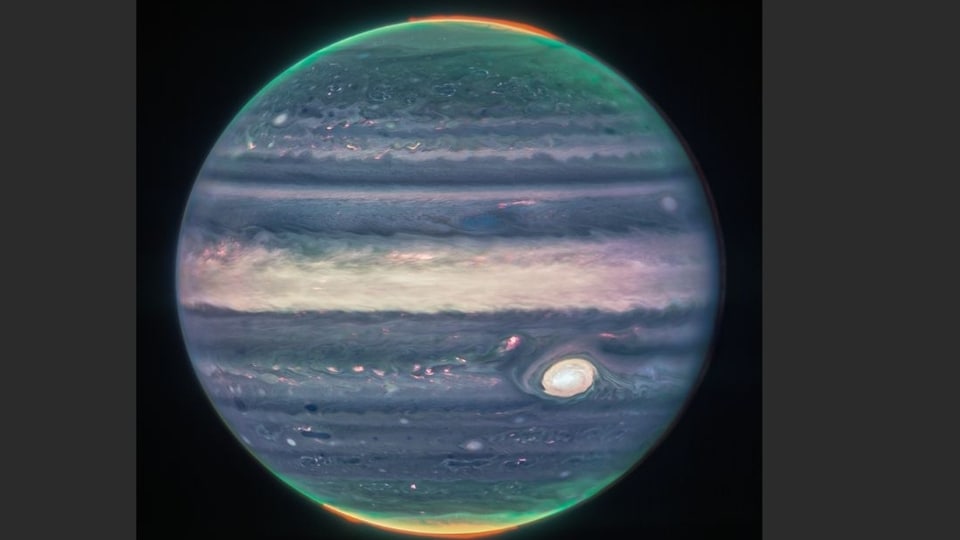
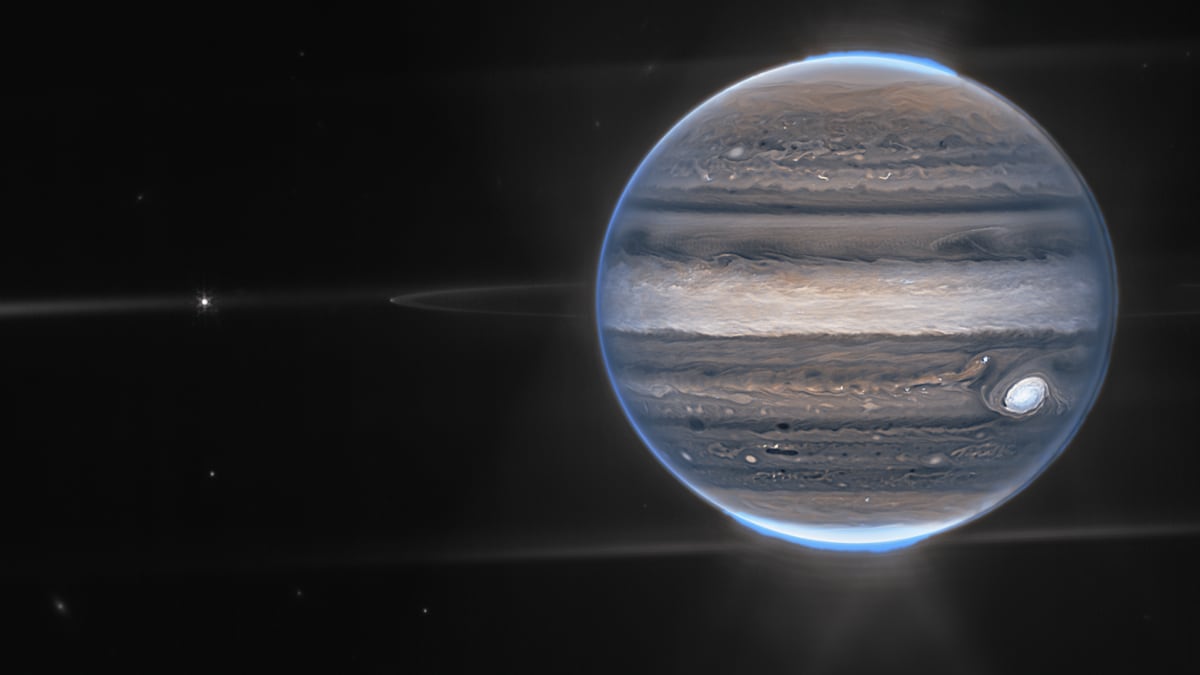
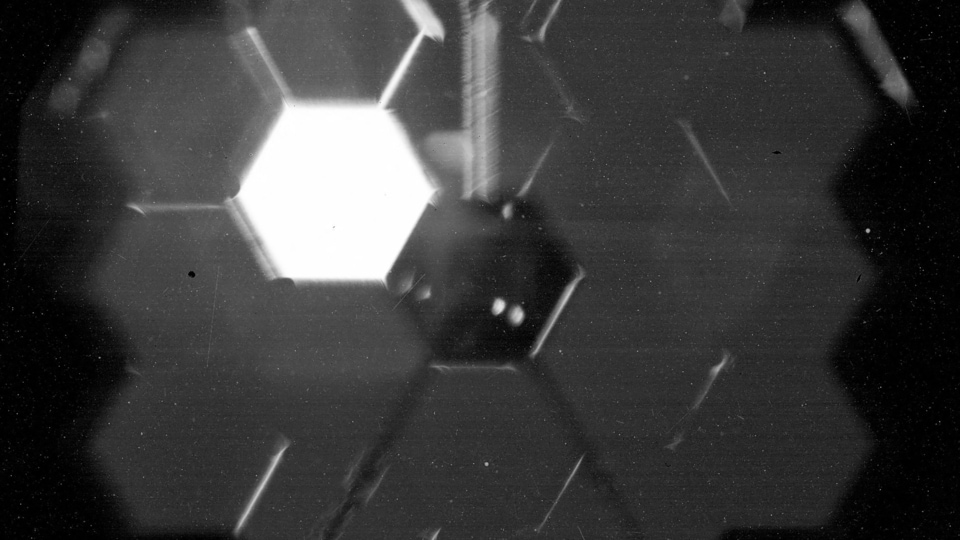
_1661230453587.jpg)
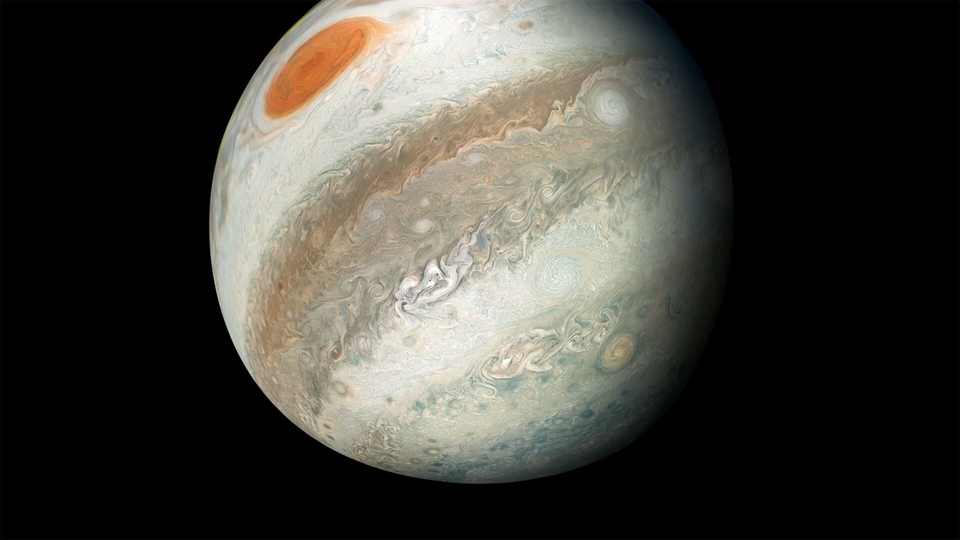
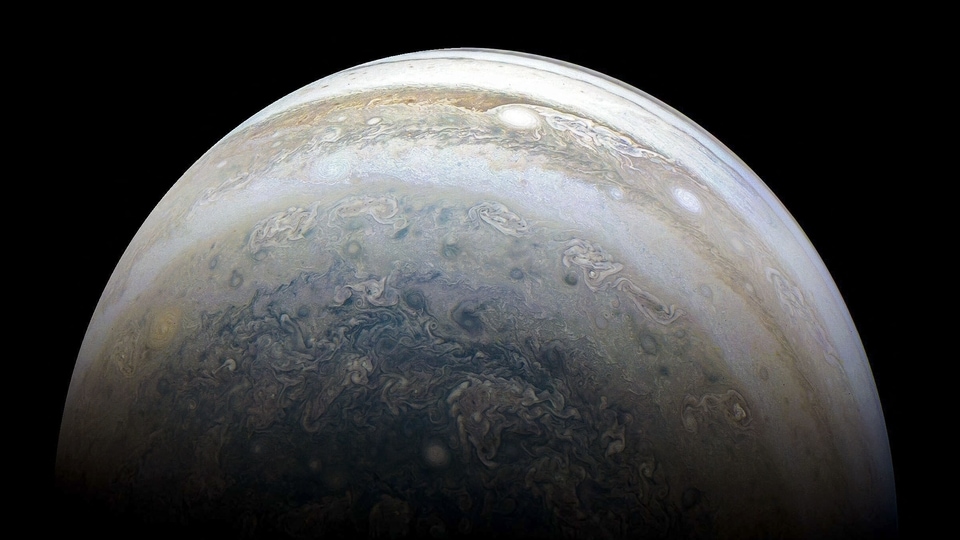
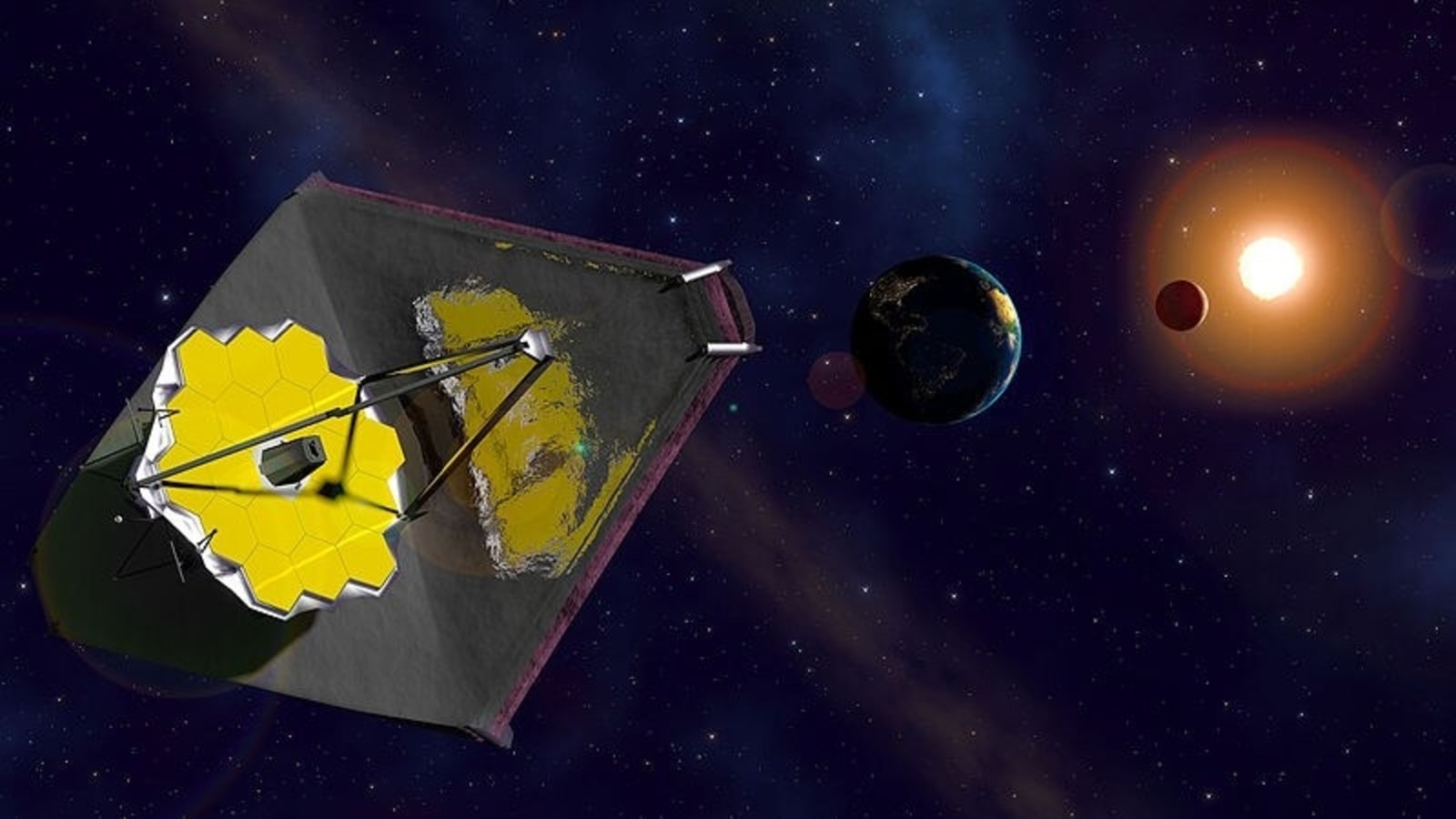
 View all Images
View all ImagesSince its launch on 25th December 2021, NASA's James Webb Space Telescope has provided us with numerous stunning images and information. It has looked back in time almost as far as the Big Bang itself. However, NASA just suffered a big setback as the NIRISS (Near Infrared Imager and Slitless Spectrograph) instrument on the telescope has experienced a communications delay. It caused its flight software to time out, NASA said in a statement. The Webb telescope's instrument is currently unavailable for science observations.
Notably, James Webb Telescope had suffered another setback when its main mirror was hit by a meteorite. It had affected the data. It left a permanent 'dimple'. How bad is the current problem? “..While NASA and the Canadian Space Agency (CSA) work together to determine and correct the root cause of the delay. There is no indication of any danger to the hardware, and the observatory and other instruments are all in good health. The affected science observations will be rescheduled,” Thaddeus Cesari, a NASA official said in the press release.
What is the role of Webb's NIRISS
NASA's James Webb Telescope has four scientific instruments, and NIRISS is one of them. It provides observing modes for slitless spectroscopy, high-contrast interferometric imaging, and imaging. NASA says that it is the only instrument that is capable of Aperture masking interferometry (AMI) through specific filters, enabled by a mask with 7 sub-apertures. It helps the telescope to capture bright celestial objects including small exoplanets at high resolution.
The James Webb Telescope suffered another glitch last year in August in its Mid-Infrared Instrument (MIRI)- one of its four observing modes was affected. MIRI exhibited what appeared to be increased friction during setup for a science observation. This mechanism works as a grating wheel which helps scientists to select between short, medium, and longer wavelengths when making observations using the MRS mode.
However, by November, scientists detected the cause of the issue. Apart from this, in December 2022, the telescope suffered another glitch which repeatedly sent the telescope into safe mode. Thankfully, the telescope came back to its normal operation from that issue on December 20.
Catch all the Latest Tech News, Mobile News, Laptop News, Gaming news, Wearables News , How To News, also keep up with us on Whatsapp channel,Twitter, Facebook, Google News, and Instagram. For our latest videos, subscribe to our YouTube channel.





























